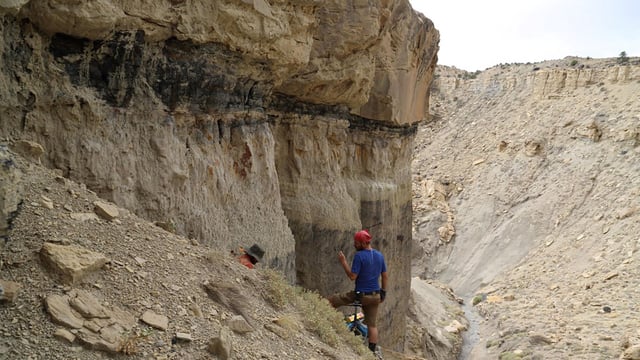Overview
- A UCL-led study analyzed 18 million years of North American dinosaur fossil records, using occupancy modeling to account for sampling biases in the fossil record.
- The research found that dinosaur habitats remained stable, with no significant reduction in the land occupied by major clades like Ankylosauridae, Ceratopsidae, Hadrosauridae, and Tyrannosauridae.
- The study attributes the apparent decline in dinosaur diversity to reduced fossil detection caused by geological changes, such as tectonics, mountain uplift, and sea-level retreat.
- Occupancy modeling, a method from modern ecology, was applied on a large scale for the first time to reassess dinosaur diversity trends, revealing biases in the fossil record.
- While the findings challenge the view of a pre-impact decline, some experts, including Mike Benton, caution that a genuine reduction in diversity cannot be entirely ruled out.

